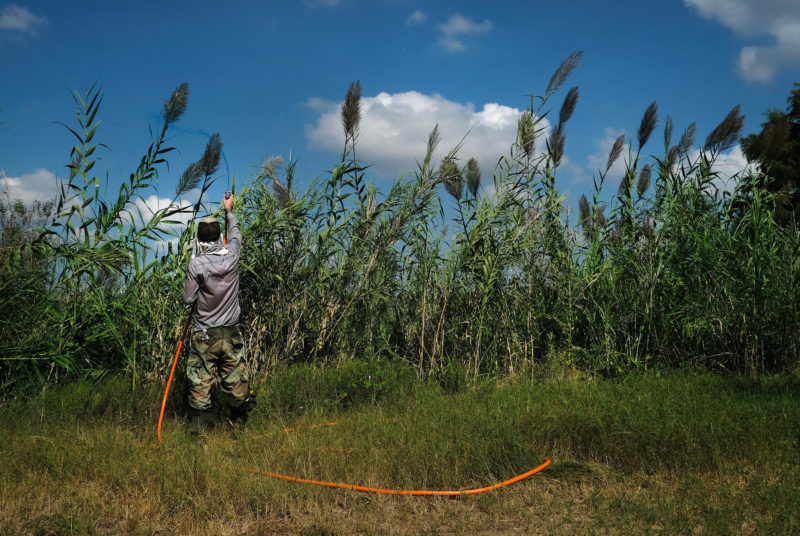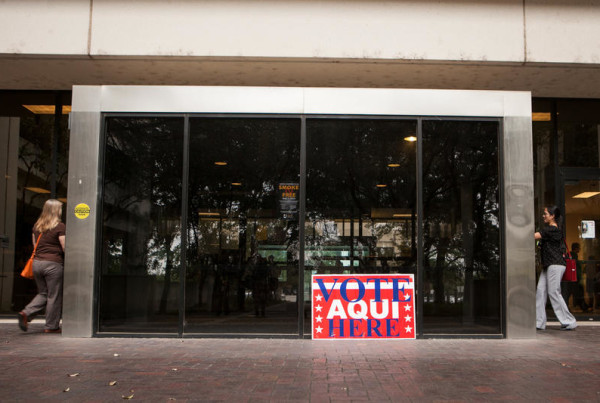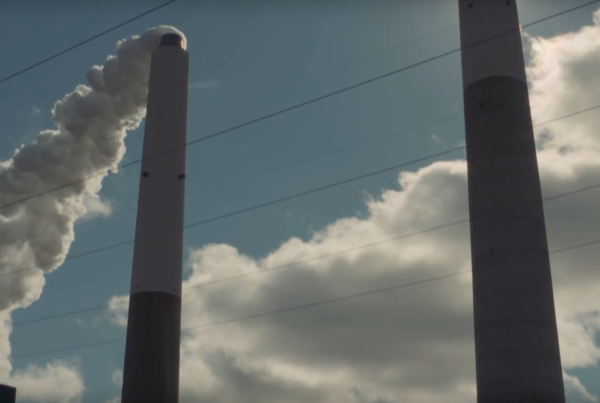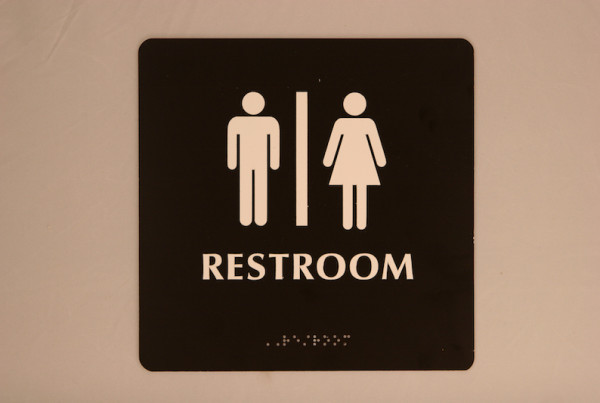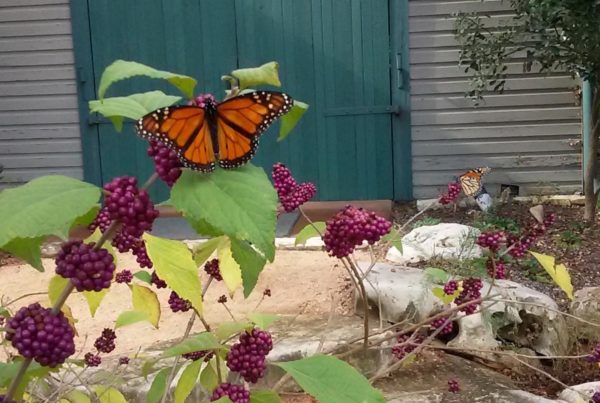From KUT:
Doctor Hans Landel blows minds for a living.
He travels the state giving workshops on invasive plants. But he starts each one with a warning.
“If you’re used to walking around, taking hikes or driving driving down the road saying, ‘Oh what pretty flowers’ or, ‘What nice plants,’ By the end of the workshop you wont be able to do that,” said Landel, who oversees the invasive species program at the Lady Bird Johnson Wildflower Center. “You’ll be walking or hiking down the trail saying, ‘Oh, there’s an invasive species. Oh there’s another one.’ Because they are everywhere.”
Invasive plants suck water from reservoirs and aquifers, displace native forests and grasslands, and overwhelm ecosystems. They cause millions of dollars in damage to land and waterways every year. Local and state governments spends millions more fighting them.
But, as the state has ramped up efforts to fight off certain species, Texas still trails other large states when it comes to regulating the sale of invasive plants and enforcing those regulations.
You Plant Them, They Pull Them Up
One of the great ironies of battling invasive plants is that many of them are legal to buy and plant in Texas. The City of Austin is one the few cities in the country that keeps a list of locally invasive plants that it works to control. It includes the plants glossy privet and elephant ear.
“That’s another one that we’re working to replace with native vegetation, and that’s principally by manual means,” said John Clement with the Austin Watershed Protection Department. “We have crews going, out digging it up and immediately replanting with native plants.”


